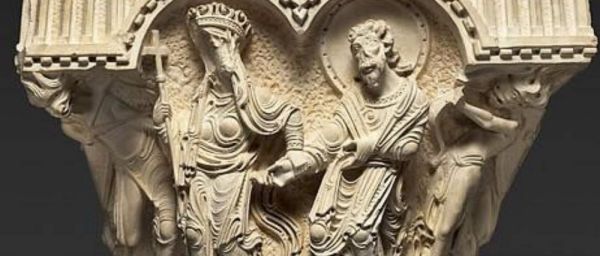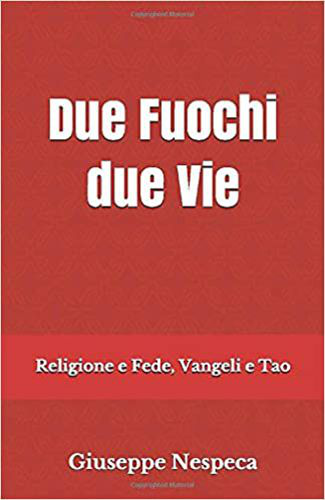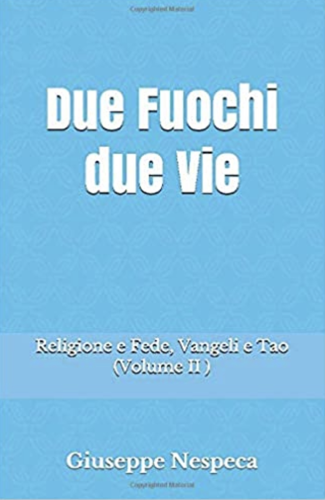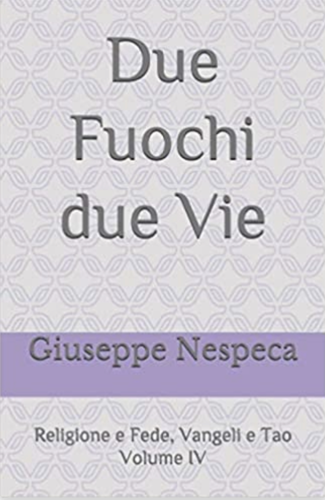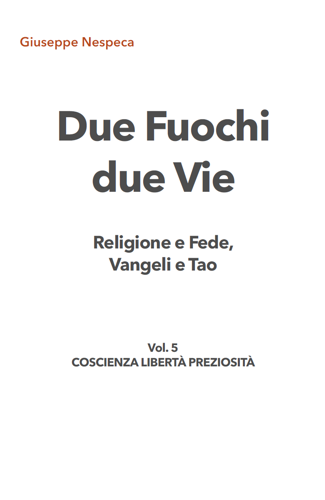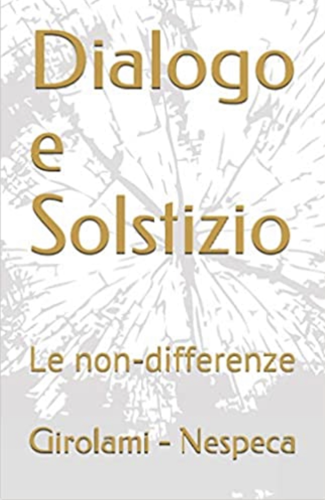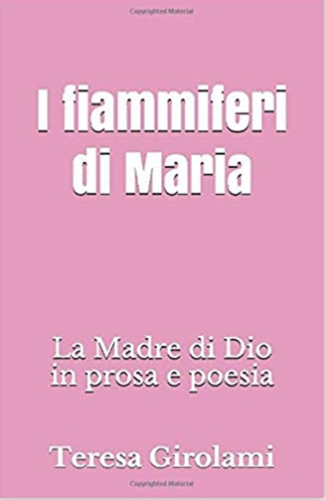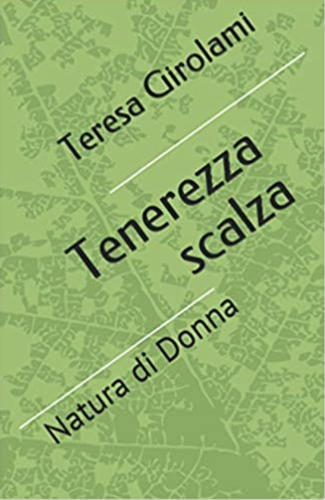Bread and wonders of the Christ-phantom
(Mk 6:53-56)
"He can carry the cloak of the Master who is devoted to the cause of non-violence and non-possession, who is driven by the pursuit of truth and right view, who is able to solve his own emotional and intellectual problems and can show others the way to overcome their emotional and intellectual problems" [Acharya Mahaprajna].
While some are continually crowding around Jesus and preventing others from having a personal relationship with Him, something has to be made up; at least take Him in stride (v.56).
"And wherever he entered villages or towns or hamlets they placed the sick in the squares and begged him to touch even the fringe of his cloak. And as many as touched him were saved'.
Indeed, the fringe of his cloak is his People - and each one of us, when by Gift we are enabled to perceive and prolong his call, spirit, care, action.
A 'touching' that is not mere gesture: it calls for total involvement; personal faith, digging in.
The crowds around the Lord and the Church, his primary presence, seek bread and healing... but sometimes forget adherence to the inner Person who gives and heals.
Yet even in these cases the infallible Guide re-proposes his unbroken wave of life - with therapies that do not impose themselves by passing through souls as lightning would, but in real existence.
God liberates, saves, creates, from tensions and faults (even religious ones) because he wants to bring us to awareness.
The Father desires to make us penetrate the value of the act of love that makes the weak strong; every re-creating gesture, embodied, open to any sense of emptiness.
Annoyances do not happen out of misfortune or chastisement: they come to let us flourish again, precisely out of the pains of the soul.
If they persist, no fear: they become more explicit messages, from our own Higher Seed.
It means that in our orchestra something is out of tune or neglected, and must either fade away or be discovered and brought into play.
Otherwise, we will not be able to grow towards the destiny that characterises a Calling and every discomfort.
The symptoms of unease also belong to the innate quintessence - which always has topical power.
The key will therefore not be looks, nor health, but the very acceptance of bitterness, of hardships, which come to clear away the inessential - and release trapped spiritual drives.
Energies of imbalance, which, however, want to be transformed into the ability to cast ballast; as well as to better accommodate and integrate the vocation into one's own history, in order to build life again.
Perhaps not a few would prefer to wait for a miraculous landing of the Master [typified healer] that brings immediate benefit, immediate favour.
Outward salvation with a magical flavour - transient, even if physically palpable or even in ethical semblance.
A phenomenal but simplistic Lord.
An Appearance that dies immediately, then we start again - if He (in us, in our turning points) did not involve the same uncertainties that mark us.
And the long time of trials, which gradually take on a more intimate weight.
Total and sacred - truly messianic - redemption is little prone to epidermal clamour.
Healing is not scenic. It is only realised step by step; thus it remains profound and radical.
It becomes capable of new beginnings and acts of birth of still embryonic energy, precisely from individual precariousness.
Its People of intimates - a presence that is no longer ineffable and mysterious - works in proximity, to erase the false image of the philosophical or forensic God, always external.
A sovereign or imperative engine, distant and absent - touchy, predatory - that occasionally takes aim; it does not overcome, nor does it reconfirm. Never looking at our present.
Thus the Church rejects the idea of the ratifying Eternal, but also that of the mass thaumaturge, immediately resolving - so dear to the miracle merchants.
A figure that easily takes hold of our fantasies.
We announce his authentic Face with words and gestures, precisely to annihilate the idea of the Christ-phantom of the previous passage (v.49), a deplorable and absurd figure.
An evanescent icon, merely apologetic, which unfortunately in history has given ample space to business associates with the Most High.
As such, being healed does not mean escaping transience.
A saved existence requires a transformation from within; a different beginning. A different grasp of good.
Jesus traverses our environments as a silent traveller, and also accepts a primitive faith.
But albeit with quiet power, the divine impulse works in every seeker of meaning and every needy person.
It establishes itself there personally, precisely from interrupted dreams.
The Lord cannot be imprisoned and contained: he draws near, to initiate great cleansing, shift our gaze, and renew the stale universe.
Thus he transforms our souls, in the experience of his free communion,
communion that wants to take up residence in us, to merge and dilate the drive to life - perhaps cowering in abstention. For each one to be amazed at himself, at unknown passions, at new relationships.
Believer and community manifest in empathic forms the incisive healing power of Faith in the Risen One, starting from one's own intimate story.
We experience him alive in the monotonous, unrewarding and precarious day-to-day - nevertheless capable of changing the order of existence hidden in sketchy quarters [v.56: "hamlets"] and its unexpressed destination.
Without disturbing with special, one-sided, or pressing effects.
The Tao Tê Ching (xi) writes: "Thirty races unite in one hub, and in its non-being is the usefulness of the chariot".
Elsewhere from the civilisation of appearance is the 'improvement' of our condition and security, from insecurity.
Not in a simple getting back on our feet; indiscreet and transient 'gain'.
Phenomenal, but only punctual and inconclusive, or finally abdicating.
To internalise and live the message:
How do you consider Jesus? Miracle-worker or recoverer?
How do you deal with those who are excluded or seem to be without a shepherd?



